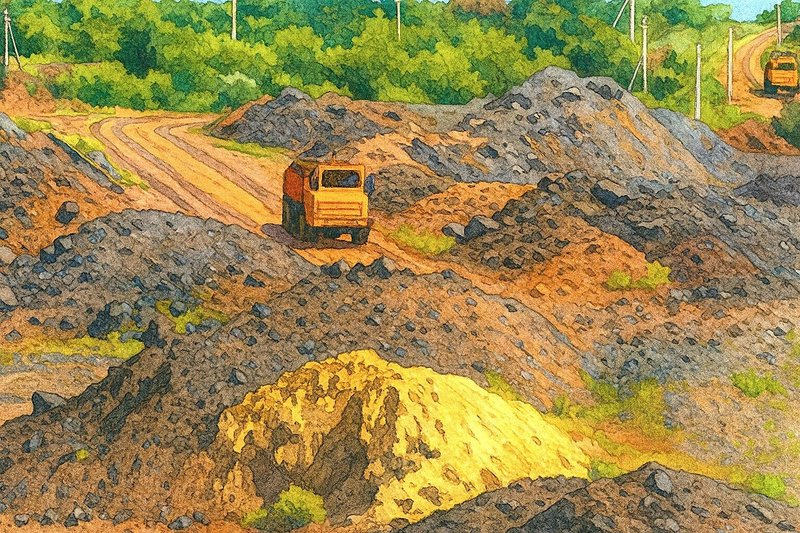Critica (ASX: CRI) has identified multiple high-value magnet rare earth oxide (MREO) zones in a further review of its Jupiter project in the northern part of Western Australia.
Many analysts argue that MREOs have the highest value of all rare earth oxides due to their being essential components in the high-temperature permanent magnets integral to EVs, wind turbines and defence systems.
The latest review comes after Critica’s recent heavy rare earth oxides study that identified multiple higher-grade MREO zones containing neodymium, praseodymium, dysprosium and terbium—the four rare earths essential for high-performance permanent magnets.
MREO Step-Change
Critica sees the latest studies at Jupiter as a step-change in its understanding of the project’s value potential, with MREO content the biggest value-driver in rare earth projects.
Chief executive officer Jacob Deysel said Critica had applied targeted MREO-focused cut-off grades to Jupiter’s 1.8-billion-tonne inferred mineral resource, while targeting those particular rare earths.
He believes the results to date are positioning Jupiter to become a cornerstone of Australia’s rare earth supply chain.
Discovered in late 2023, the Jupiter deposit is part of Critica’s wholly owned Brothers project, which spans approximately 1,500 square kilometres west of Mount Magnet.
‘Turning-Point’ for Jupiter
Mr Deysel said that Critica’s updated analysis confirms Jupiter as Australia’s largest and highest-grade clay-hosted rare earth deposit by both total tonnage and contained MREOs, describing the results as a “turning point in the Jupiter story”.
He added that the company had elected to undertake an in-depth assessment of Jupiter’s potential.
“Rather than rush toward an end product at all costs, we are applying a smarter, more targeted strategy, starting with a beneficiation stage that has upgraded high-value REEs into a small-volume stream, while rejecting approximately 95% of the mined mineralised mass.”
“By removing this stream early, we are improving our pathway to more efficient processing and potential economic benefits, reducing the volume of material requiring chemical processing—that, in turn, has the potential to materially lower the scale, complexity and environmental footprint of downstream operations.”
